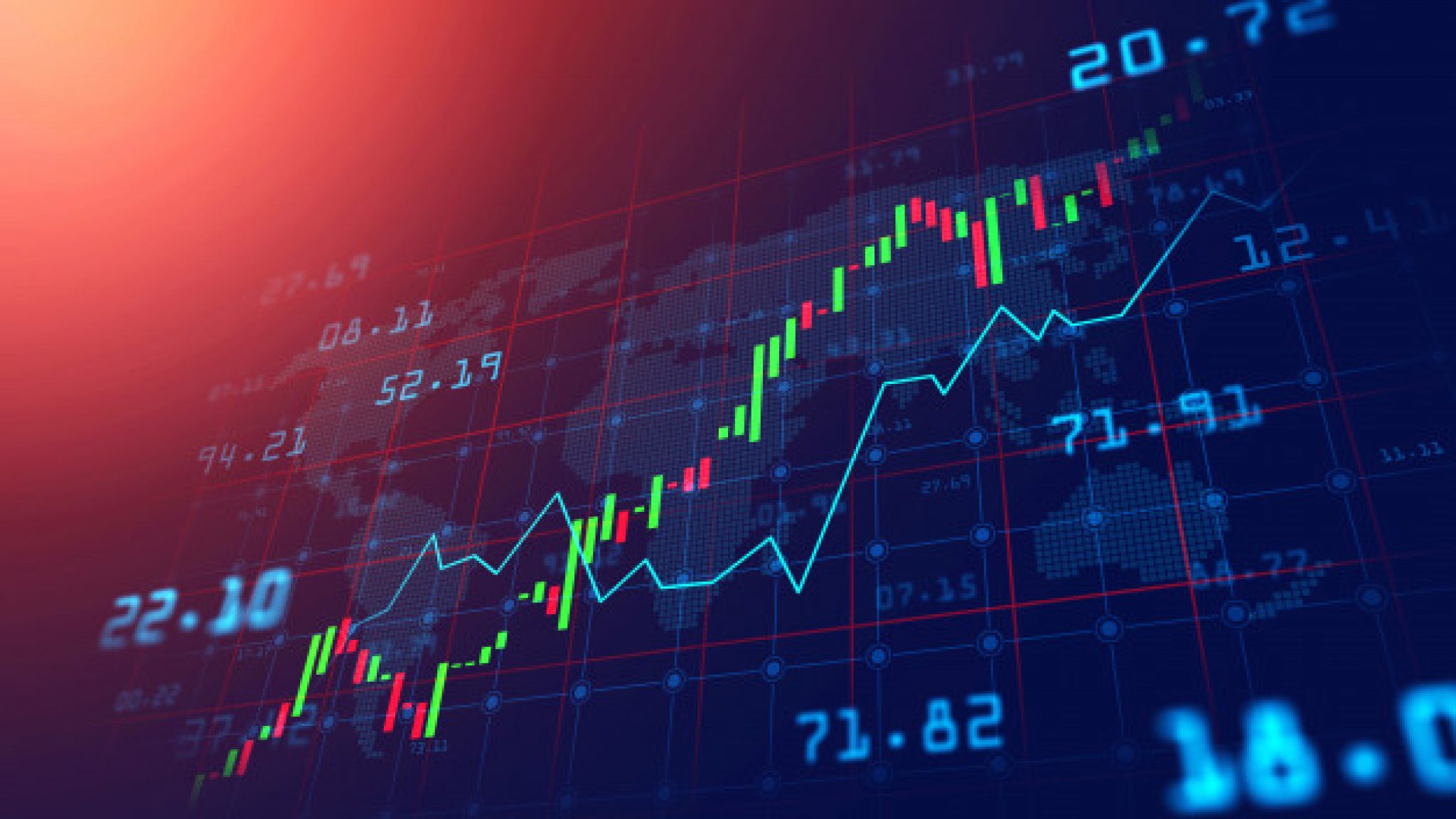In a fast-paced world of Forex trading, the path from a novice to a confident trader is packed with priceless lessons, challenges, and opportunities for growth. Many aspiring traders often feel overwhelmed by the intricacies of the foreign exchange market, but understanding the core principles can open doors for success. This article aims to illuminate on essential concepts, strategies, and insights that can help both beginners and seasoned traders navigate the dynamic landscape of Forex.
From grasping how the Forex market works in simple terms to mastering the nuances of reading Forex charts, this journey encompasses a variety of topics designed to enhance your trading skills. We will explore the importance of risk management, the psychology behind successful trades, and various trading strategies that can be tailored to suit your personal style. Whether you are interested in day trading, swing trading, or leveraging automated trading systems, our guide will provide the tools you need to craft a profitable Forex trading plan while avoiding common pitfalls.
Understanding Foreign Exchange Trading Basics
Foreign exchange foreign exchange trading, involves purchasing and selling currencies with the aim of making a 收益 through variations in their conversion rates. Unlike other financial markets, the Forex market functions 24 hours, five days a week, and is the largest monetary market in the world, boasting a daily trading volume surpassing six trillion dollars. Grasping the fundamental principles of currency trading is important for anyone aiming to participate in this dynamic market.
To begin investing in Forex, one must grasp key ideas such as currency pairs, which represent the value of one currency compared to another. Major currency pairs include popular options like the Euro compared to the US Dollar, while minor pairs often involve not as frequently traded currencies. Exotic pairs, on the other hand, feature one major currency and one from a developing economy. Knowledge of how these pairs fluctuate in reaction to economic indicators is vital for traders looking to capitalize on price movements.
Leverage plays a significant role in Forex trading as it allows traders to control greater positions than their initial capital would normally allow. This can amplify potential profits but also heightens the risk of significant losses. With the appeal of high returns provided by leverage, it is crucial for Forex traders to apply sound risk management strategies and know their own risk tolerance before entering the market.
Proven Trading Techniques
A effective Forex trader must harness several clearly laid out strategies to operate in the market skillfully. One popular technique is scalping, which involves making quick trades to exploit minor price fluctuations. Scalpers rely on tight spreads and need to develop a fine sense of timing and control. On the flip side, swing trading offers a alternative perspective, allowing traders to hold positions for several days or weeks, grabbing more noticeable price changes. Understanding when to apply each strategy based on market conditions is crucial to enhancing profitability.

Another crucial aspect of trading strategies is the use of analytical indicators. Tools like moving averages, Relative Strength Index (RSI), and Bollinger Bands can provide insights into potential price changes and help traders execute informed choices. By scrutinizing historical price data and market patterns, traders can spot critical support and resistance levels, enhancing their ability to judge when to initiate or exit a trade. Pairing these indicators with a well-structured trading plan often yields better performance.
Managing risk is equally important in crafting successful trading strategies. Proficient traders implement stop loss and take profit orders to safeguard their investments and make sure losses are limited. Additionally, understanding the risk-to-reward ratio enables them to assess whether a trade is worth taking based on its possible return relative to the danger involved. By integrating these components into their trading routine, Forex traders position themselves for continuity and victory in an frequently volatile market.
Controlling Threats and Feelings
In the world of Forex trading, controlling risk is as important as developing effective trading strategies. Every trader should set up a risk management strategy that includes setting appropriate stop loss and take profit orders. By setting how much capital one is willing to risk on each trade, traders can protect themselves from unexpected market movements. Integrating risk-to-reward ratios is also crucial; it helps traders grasp the potential gain versus the loss they're ready to accept, which can significantly affect long-term profitability.
Emotional regulation is another crucial aspect of effective trading. The psychological obstacles of Forex can result in poor decision-making, thus negatively impacting trades. Traders must develop techniques to manage emotions, such as fear, greed, and impatience. Having a trading journal can be beneficial, as it permits traders to consider their decisions and emotional responses, fostering self-awareness. Practicing mindfulness and exercising discipline can help traders adhere to their trading plans even during unstable market conditions.
Harmonizing risk management with emotional discipline creates a groundwork for long-term trading success. https://www.forexcracked.com/forex-ea/ should not only concentrate on strategies and market analysis but also enhance their psychological resilience. Understanding that losses are an unavoidable part of trading and discovering how to manage those feelings without letting them dictate actions will ultimately help traders thrive in the Forex market. By adhering to a disciplined approach and preserving a clear mindset, traders can steer through the emotional rollercoaster of Forex trading more effectively.
